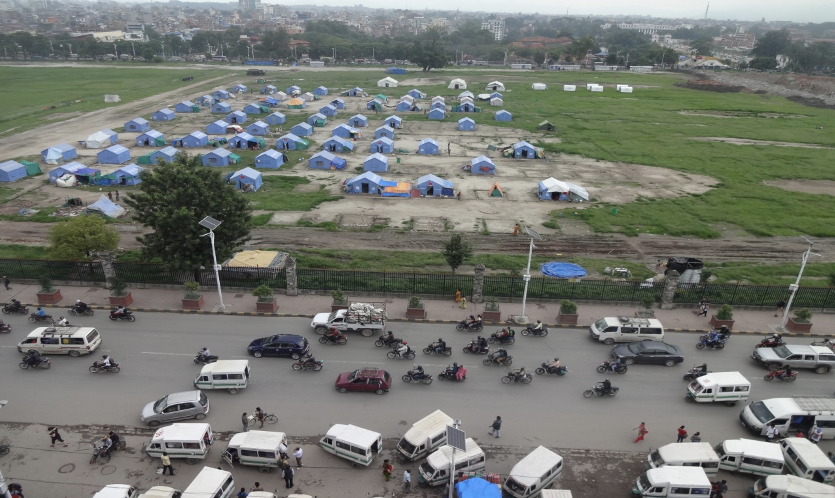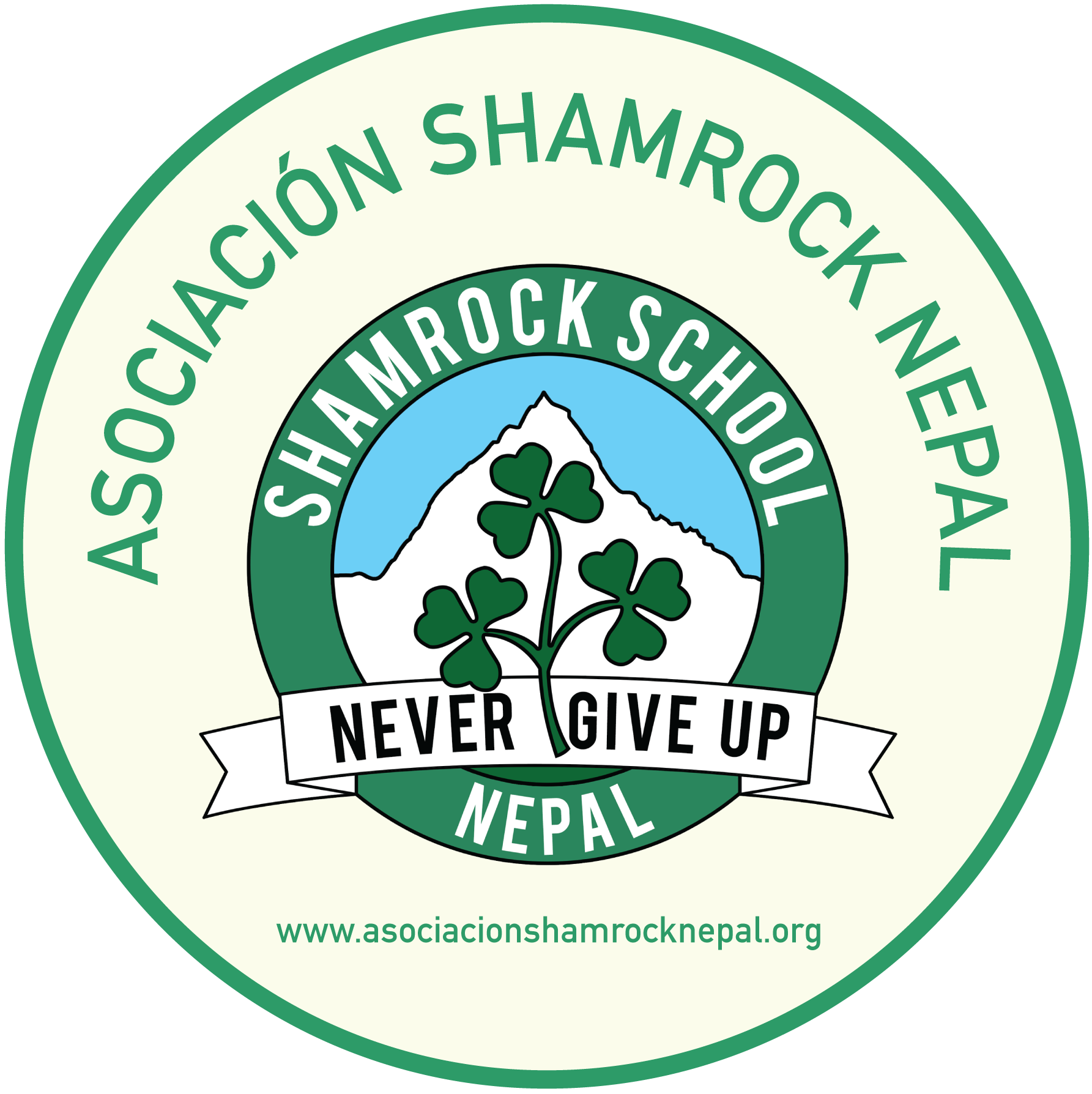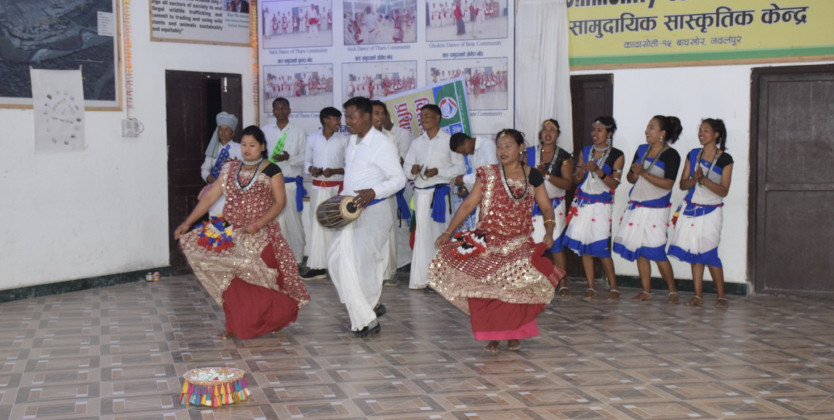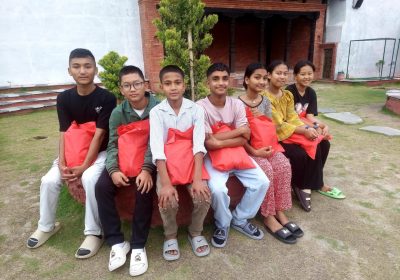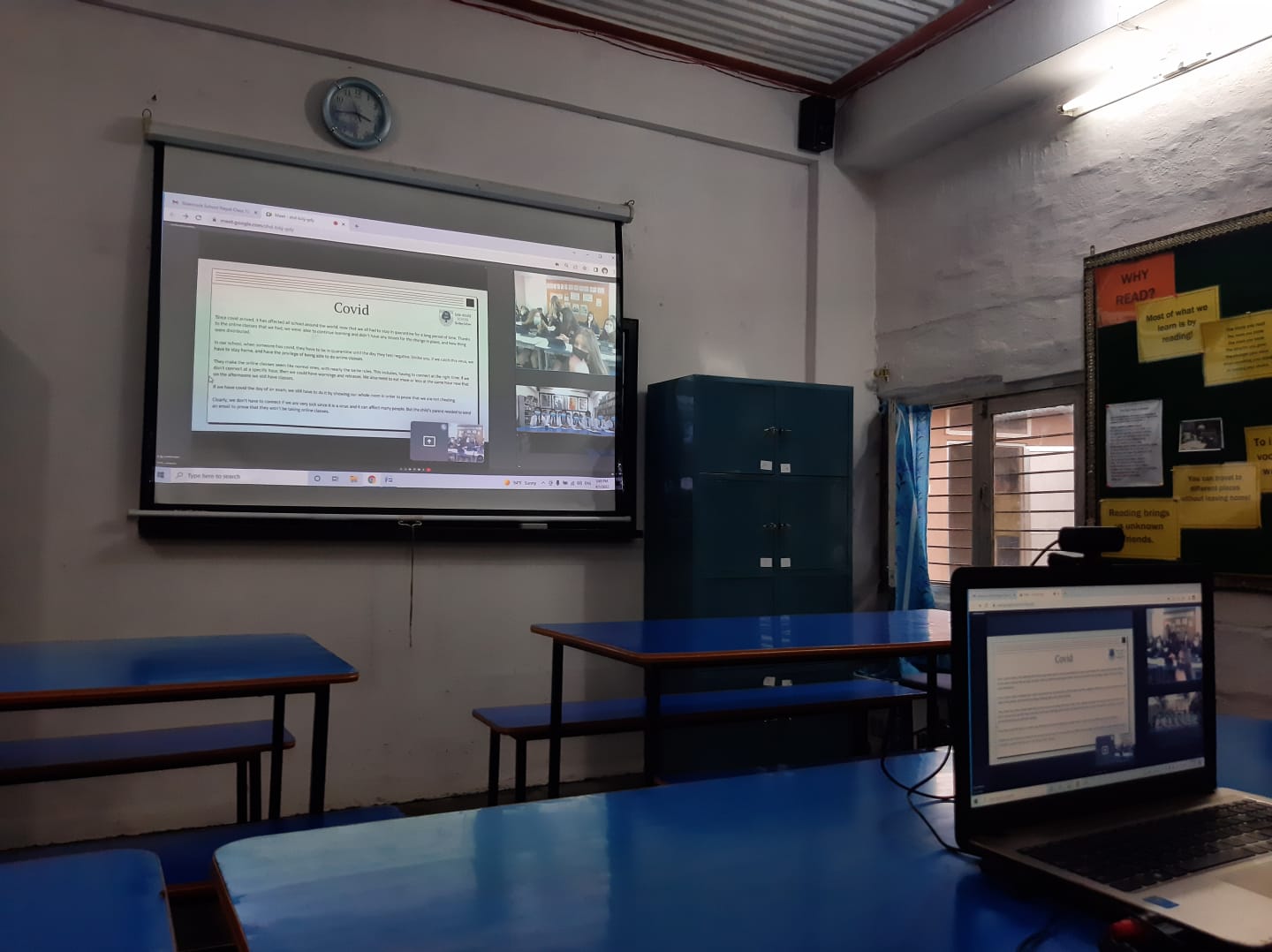

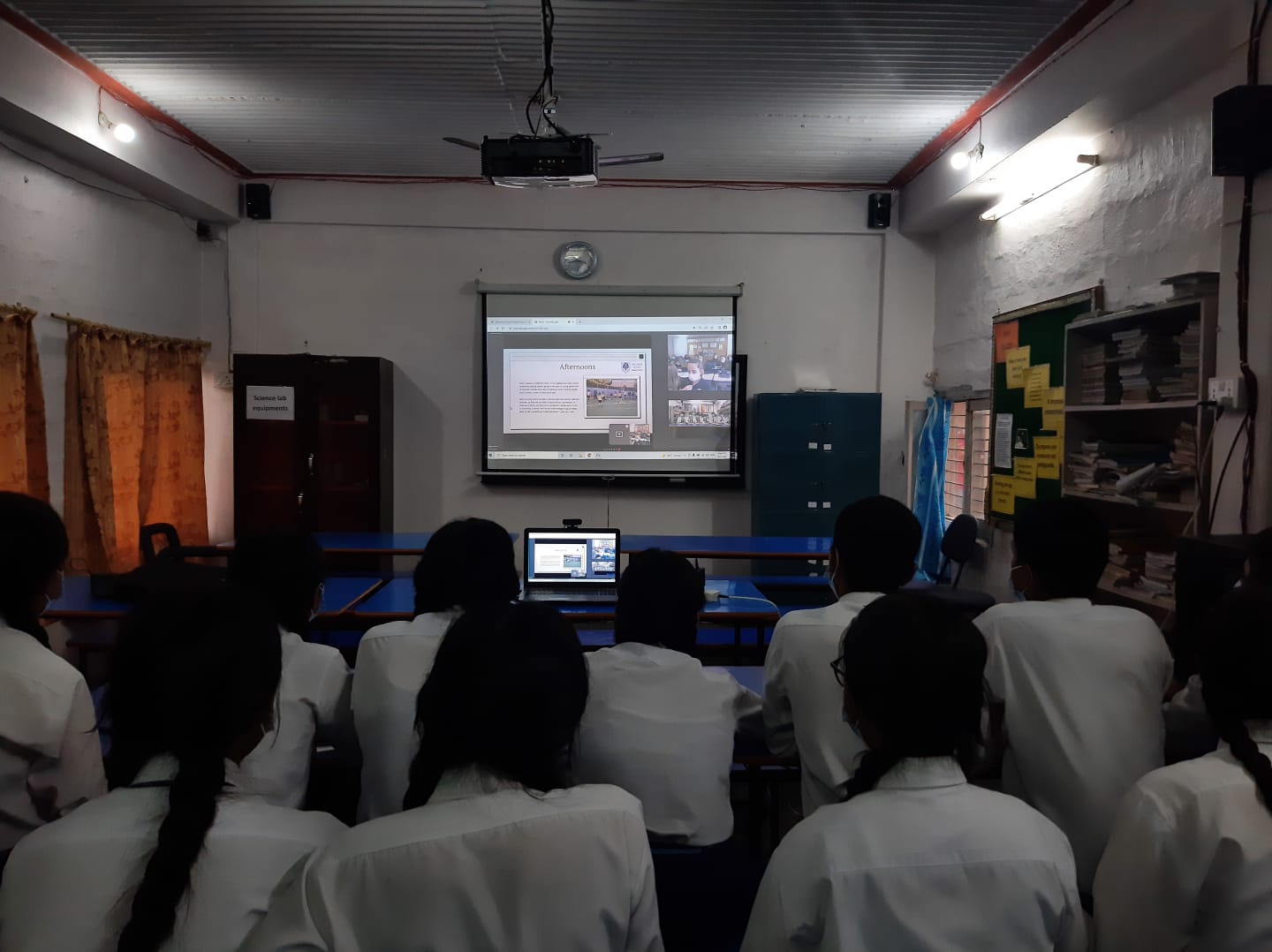
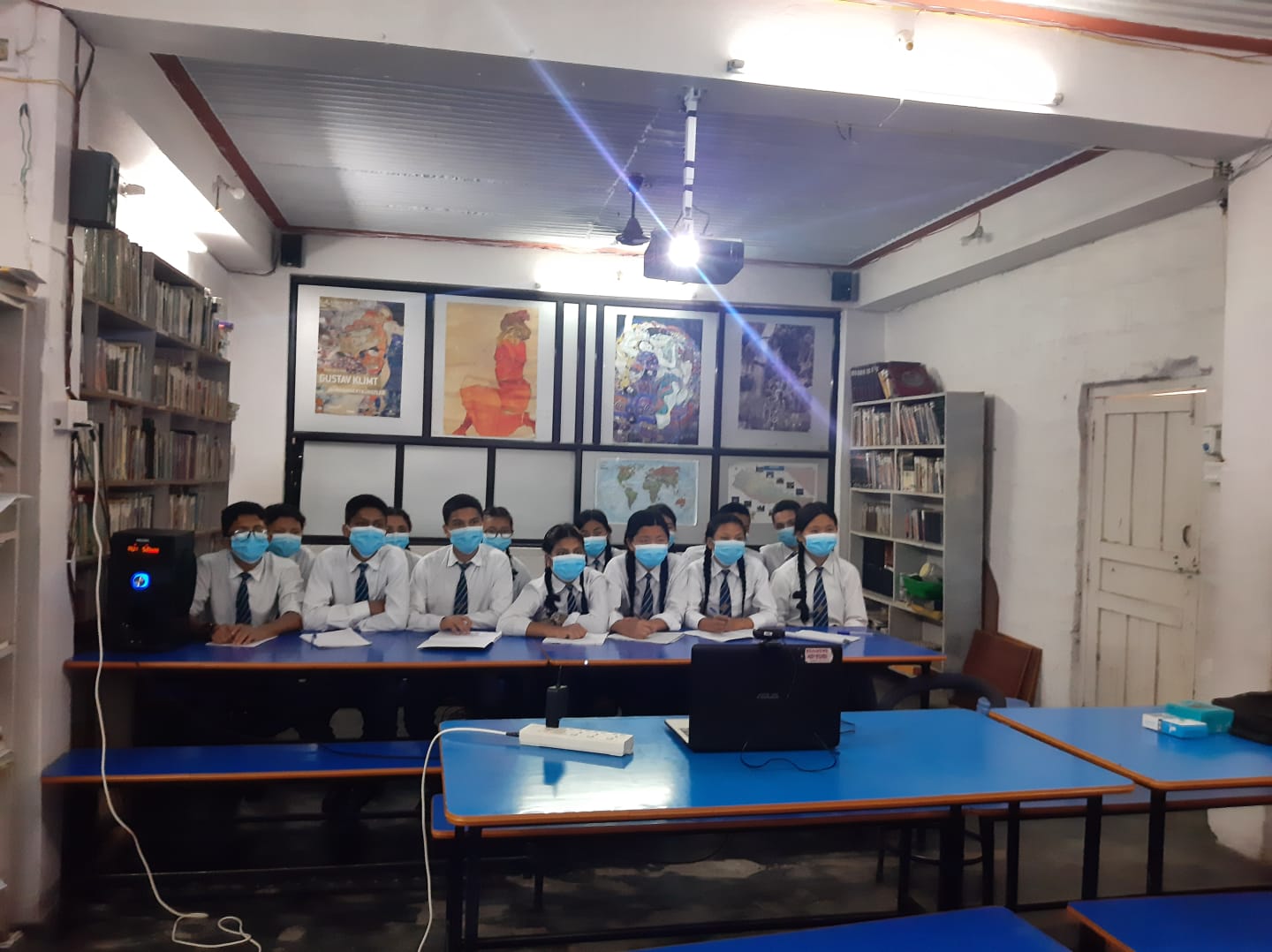
THIRD SESSION:
Nepal
- “Surface” manners and customs
- Geography general aspects
- Latest devastating earthquake
– Complemented by sharing a photo Gallery at the end –
“Surface” manners and customs
Nepali people are friendly, warm and welcoming people who are proud of their traditions, religion, music and culture. They are calm and resilient. They have respect for visitors to their country.
NAMASTE! – The Nepali greeting “Namaste” (“I salute the god within you”), your palms held together as if praying, is one of the most attractive and addictive of Nepalese customs. It isn’t used freely or casually: think of it as “how do you do?” rather than “hello!”- If you want to show great respect, namaskar is a more formal variant.

The word “dhanyabaad” is usually translated as “thank you” but is normally reserved for an act beyond the call of duty – so if you feel you have to say something “thank you” in English is widely understood.
Another delightful aspect of Nepali culture is the familiar ways Nepalis address each other: it’s well worth learning didi (older sister), bahini (younger sister), daai (older brother), bhaai (younger brother), bhai (younger brother) , buwa (father), aamaa (mother).
Tika blessings – Tika is the combination of red powder and rice that is applied to the forehead as a good and safe journey blessing like on the photo.
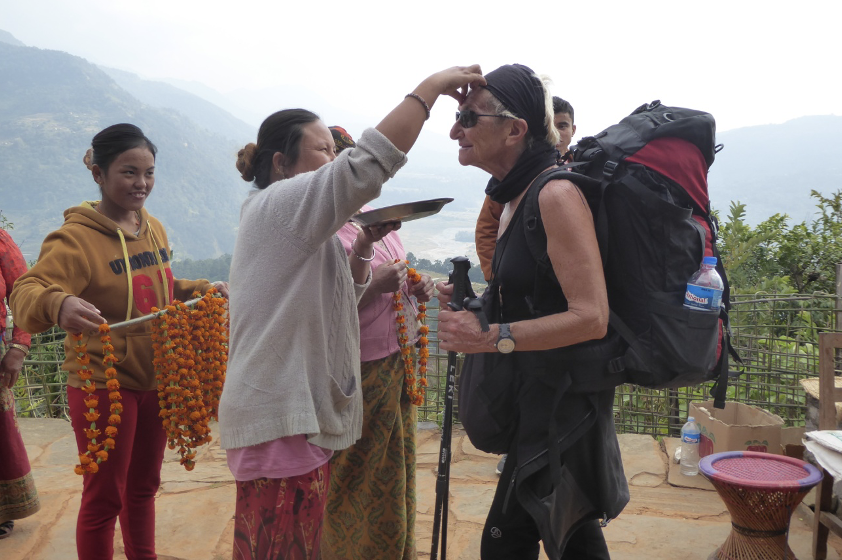
Nepali Khada is a traditional ceremonial scarf which symbolizes purity and compassion. The Nepali Khada is used at many ceremonial occasions such as birthdays, weddings, graduations and the arrival or departure of guests.
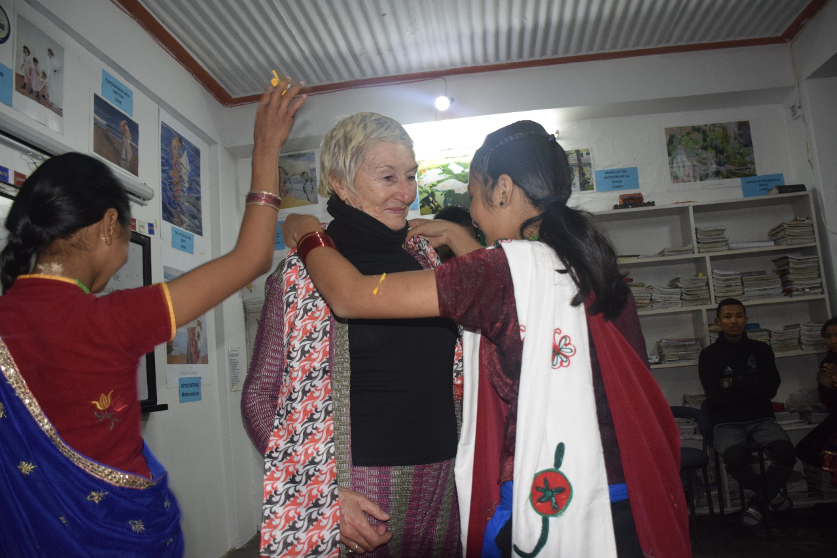
It’s considered good manners to give and receive everything with the right hand. In order to convey respect, offer money, food or gifts with both hands, or with the right hand while the left touches the wrist.
Do Not Walk Into A Temple With Shoes On. …or people’s homes either..
Never Use Your Left Hand To Eat. …
What are the main family values in Nepal?
Respect for age is a longstanding tradition and value in Nepali society. Children are expected to defer to and obey their parents and older siblings. Some Nepalese believe that as increased independence becomes more accessible, the reverence of elders is decreasing.
GEOGRAPHY OF NEPAL
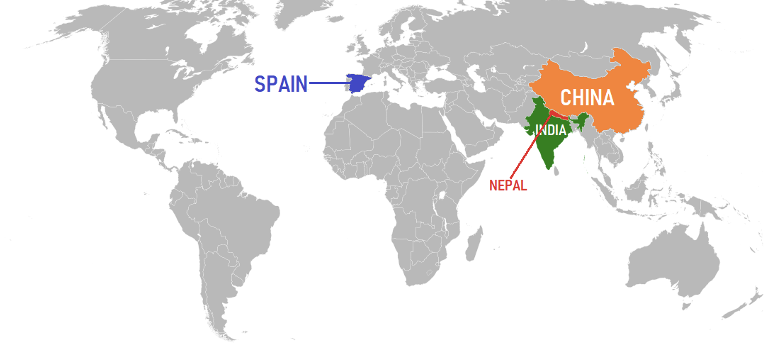
Nepal is a landlocked country which is sandwiched between 2 huge countries: India and China.
The eastern, western and southern part is surrounded by India and the northern part is surrounded by China. In the size of countries of the world, Nepal lies in 90th position. The total size of Nepal is 147,181 square kilometer Nepal is 3.5 times smaller than Spain, 22 times smaller than India and 65 times smaller than China. The average length of Nepal is 885 kilometers and breadth is 193km.

The highest peak of the world, Mount Everest lies in Nepal which is 8848 metres tall.
Among the world’s top 14 mountains above the height of 8000 metres, 8 of them are in NEPAL!

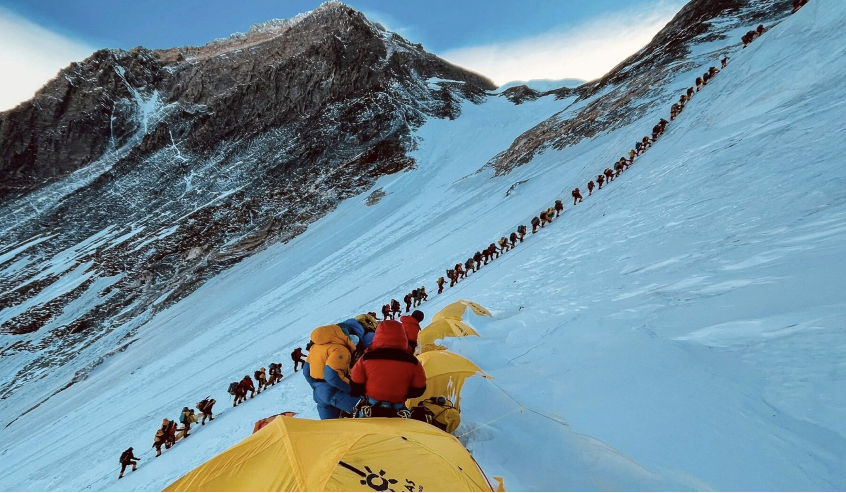
There are more than 30 species of rhododendrons found in the Nepal hills, and mountains and each variety is available in a diversity of size and colours.
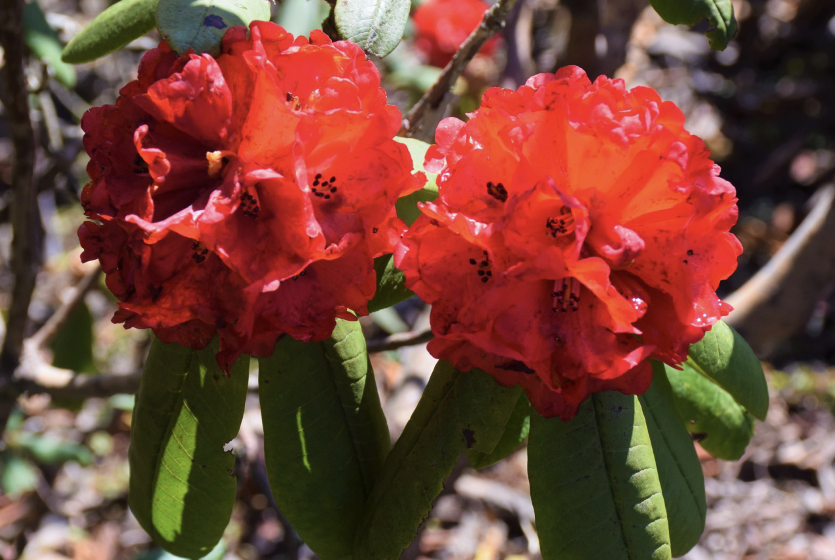
Rhododendron is the national flower of Nepal.
In total we have 7 provinces in Nepal. Shamrock school is in the city of Pokhara in the Gandaki province which lies in the middle of the country
The head of the country is the President. Until 2008, Nepal had a monarchy system. The current president of Nepal is Bidya Bhandari and the last king was Gyanendra Shah.
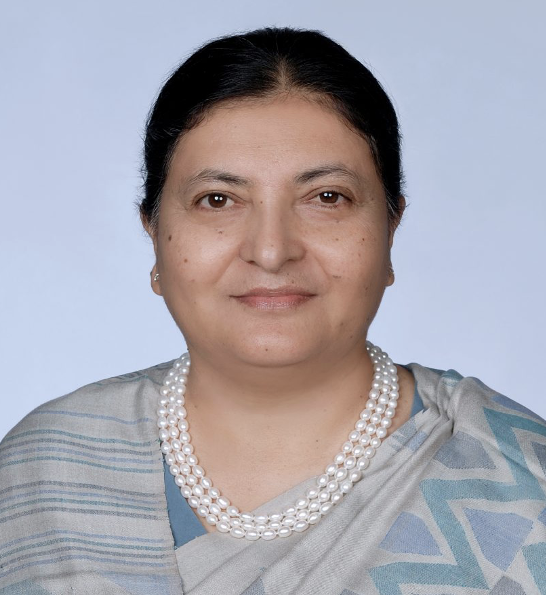
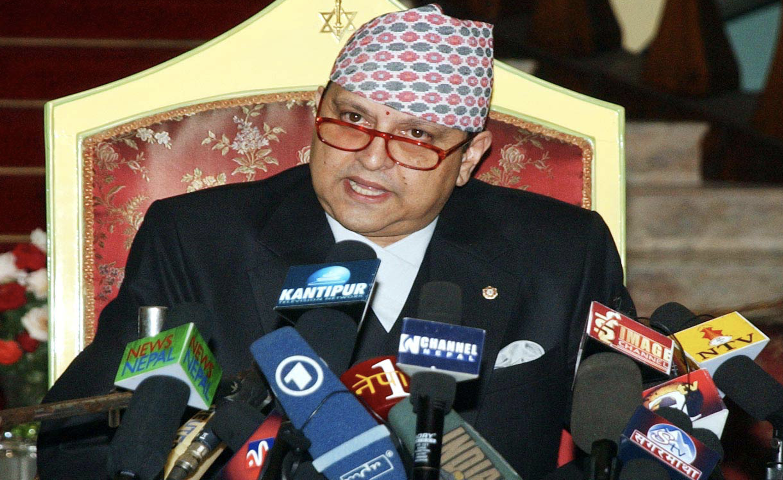
Ecologically, Nepal is divided into three parts namely Mountain, Hill and Terai.
Mountain region: It lies on the northern part of the country covering 15% of the total land.
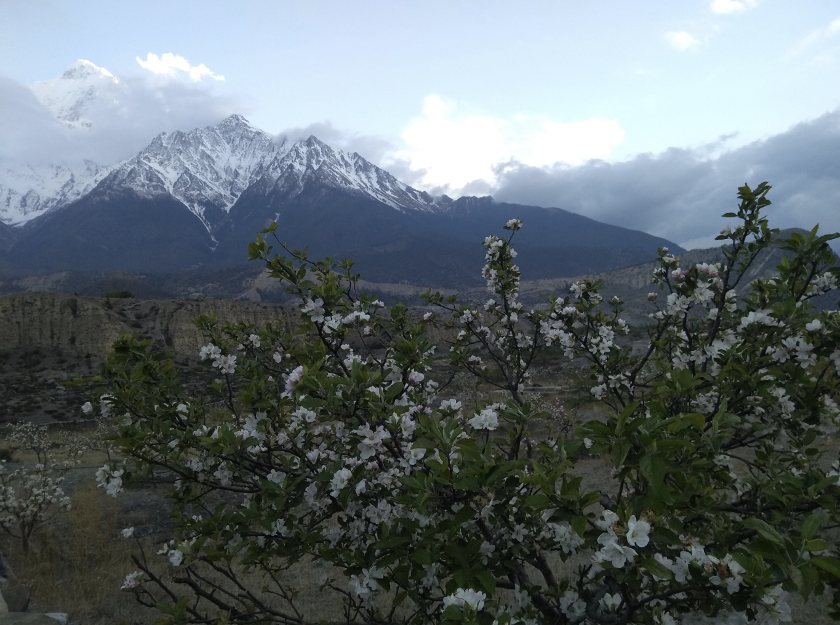
The height of the mountain regions is between 2700 meteres and 8848 meteres.
The region on the photo has the world’s highest peak, the Everest. Some other important peaks are Kanchanjunga (third highest peak), Annapurna, Fishtail, Dhaulagiri.
Sherpas who are considered as one of the strongest people, live in the Solu-Khumbu district, in the environs of the Himalayas, and are famous for climbing mountains and supporting climbers from all over the world on their high mountain ascends.
In the lower parts of this region, farmers grow apples and buckwheat.
In the upper parts they collect some herbs and rear yaks.
Yaks are reared to get milk to produce cheese and butter. The staple food of this region is buckwheat pudding.
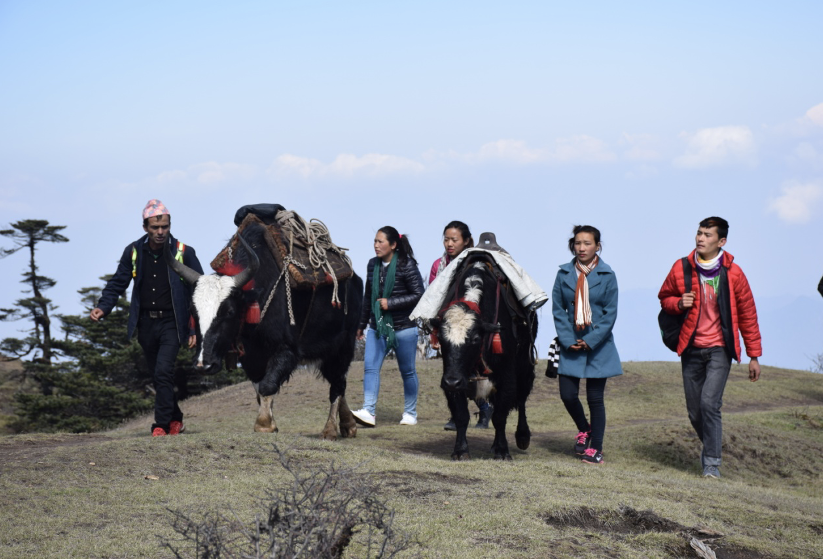
Hill region: The Hilly regions lie between the mountains and the Terai regions. This physical area covers the 68% of the total land. The heights on the hill regions is between 610 meters to 2700 meters. It has moderate climate but receives the highest rainfall among the three regions.
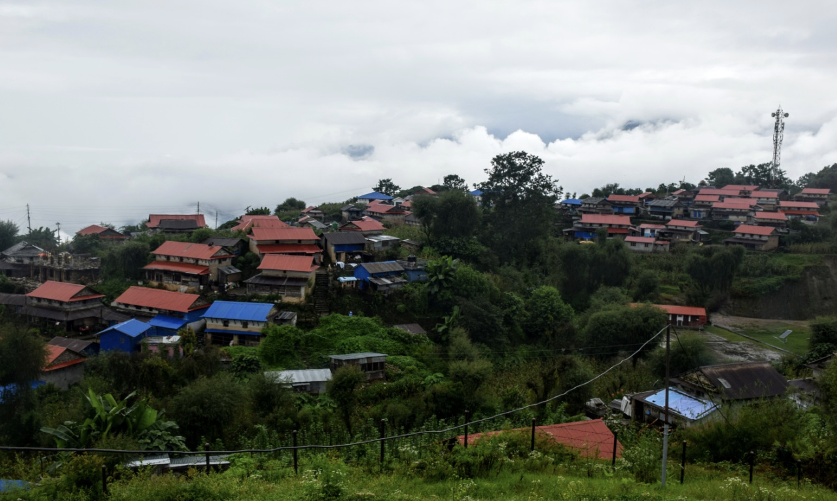
Hilly regions are famous for valleys and caves. Shamrock school lies in Pokhara valley which is the 2nd biggest valley of Nepal. Pokhara is the highest rain falling area of the country. The capital of the country, Kathmandu lies in this region, on the east, 200kms away from Pokhara.
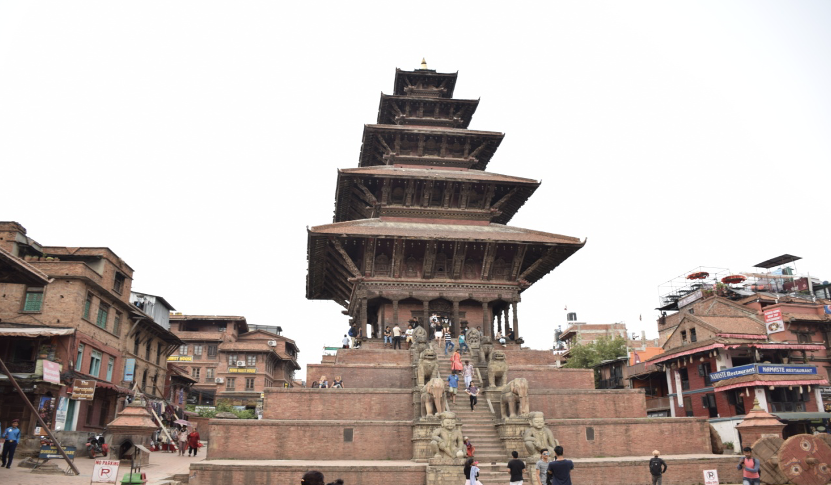
Beautiful tea gardens are found on the eastern hills. Crops such as rice, wheat and maize are grown there. The staple food of this region is rice. Newar, Magar, Gurung, Brahmin and Chhetri are the main ethnic people of this region.
Terai region: The Terai region lies on the southern part of the country. It covers 17% of the total lan.
It lies between the hilly region and India . The height of the Terai region is between 59 meteres to 610 meteres.
It has hot climate reaching up to 45 degree Celsius. The Terai region is considered as the granary of the nation as it supplies 80% of the food crops needed for the whole country. Yadav, Tharu, Bhojpuri and Marwadi are the main ethnic people of this region. There are beautiful national parks (Jungles) in this region with a wide variety of animals such as rhino, crocodiles, elephants, leopards and tigers. Chitwan is the main Jungle to visit in the area.
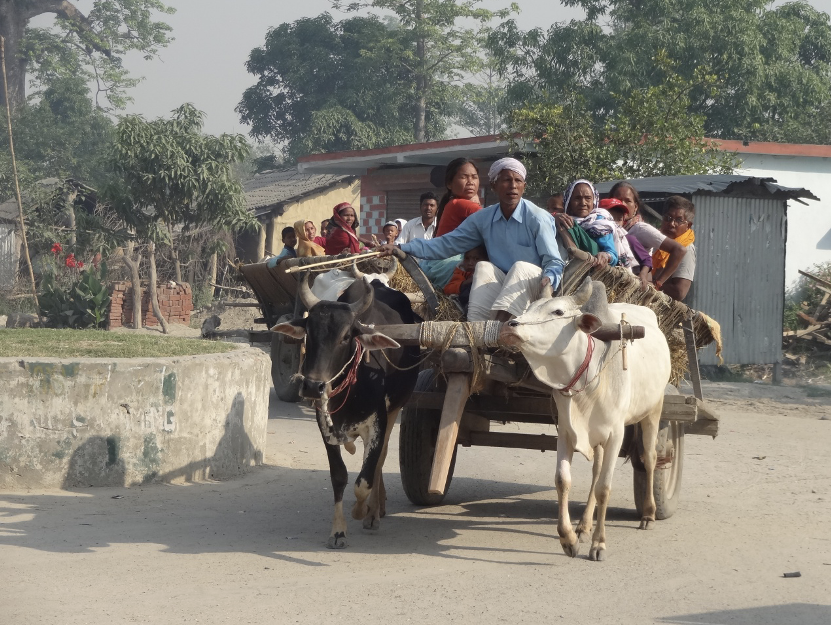
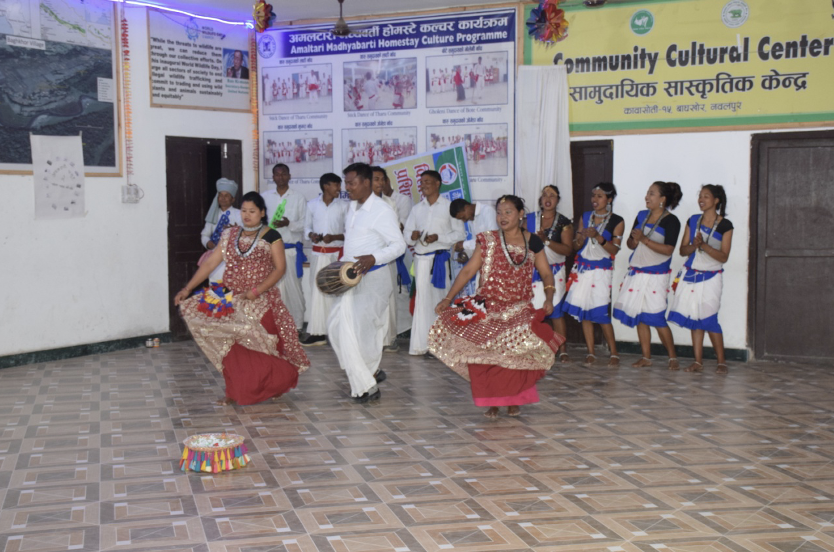
Earthquakes in Nepal:
Among the various natural disasters in Nepal, earthquakes is one of them.
Every 60-80 years, big earthquakes hit the country.
The latest and biggest earthquake occurred in 2015, April 25, Saturday.
About 9000 people were killed and thousands were injured.

The magnitude of that earthquake was 7.8 Richter scale.
The epicenter of the quake was in Gorkha district.
More than 8500 schools were destroyed or badly damaged by the earthquake.
Many children became orphans and homeless due to the earthquake.
Some students were compelled to leave their studies forever.

Most of them went to town to seek for jobs and some of them were sold to India as there is an open border.
Many children are suffering from mental illnesses due to the effect of the earthquake. So far only 5400 schools have been re-built.
